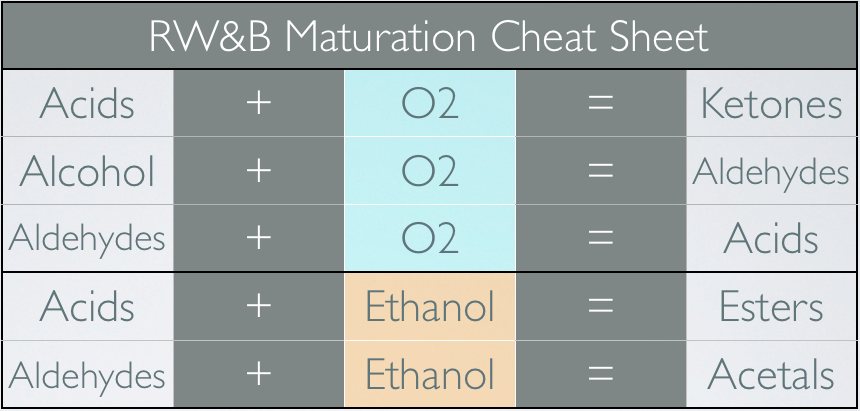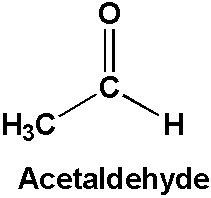What the heck is a congener?
The easy answer is that they are the flavor bits that yeast leaves behind after “digesting” sugar during fermentation. Yeasts are the wonderful little micro-organisms that are responsible for alcohol! We would not have beer, wine, whiskey or any other fermented beverage without it. The more complicated answer is that it was a term invented by Harvey Washington Wiley between the passing of the Pure Food and Drug Act in 1906 and the Taft Decision in 1909. Though it was concocted for a political purpose over a century ago, it is a term still in use today. It is, therefore, worth putting aside the politics of the word and understanding what we mean when we use the term “congener” in a modern, distillery setting.
Yeasts convert simple sugars into mainly ethanol and carbon dioxide, but there are other bi-products produced called congeners. Congeners, in Latin, means born together. They may be aldehydes, esters, high alcohols such as fusel oils, or acids. Each species of distillers’ yeast may produce different congeners that affect the flavor of each fermented mash they produce. A distiller may be very protective of their proprietary yeast strain for its ability to produce particular flavor profiles in their whiskey.
Distillation may remove many of these congeners from fermented mash. Part of the distiller’s art is the ability to manipulate which congeners survive the spirit run (the final run of the still that produces the finished white whiskey). Most whiskey is distilled twice and many congeners are purposefully preserved in the distillate. Vodka, neutral grain spirit, is distilled until very few of those flavor creating congeners remain. The idea, when you’re making whiskey, is to maintain those flavors, and use their chemistry to your benefit. Many new distilleries in the United states are doing a lot of experimentation with different yeast strains to see what they would contribute to a new and inventive style of whiskey. One of the old school brands, Four Roses, has maintained 5 different proprietary yeast strains that they utilize in creating 10 different bourbon recipes. Whiskey geeks often praise Four Roses for their nuanced whiskeys and creativity. Congeners may supply flavors to your raw distillate (white dog), but they really start to shine in the aging process.
A lot of chemistry happens during barrel aging. Molecules oxidize and react with each other to form new molecules and new flavor compounds. Alcohols form aldehydes and those can form acids. Acids can then, in turn, react with alcohols and form entirely different esters. For example, ethanol can become acetaldehyde (green apple flavor), which may become acetic acid (vinegary), which may then become ethyl acetate (pear-like). This process is called esterification and all these little new flavor components are created over time. Part of the distiller’s job is to manage what flavors he/she is creating and try to maintain consistency of product. I’m sure you’ve noticed by now that single barrel releases tend to differ from one another. Aging Is an art in itself, and controlling molecules is not exactly easy! (Also see my blog post on “The Science of Nosing”)
I’ve read a lot about congeners being the reason that people get hangovers. I find that a little hard to put much stock into because that little fact is usually followed by, “There’s no real proven science on what causes hangovers.” Always seemed odd to me that as long as alcohol has been around and people have been drinking it, they STILL don’t fully understand what a hangover is…Congeners put flavor in my whiskey, and, as far as I’m concerned, that’s all I need to know.



3 thoughts on “What Are Congeners?”
Comments are closed.